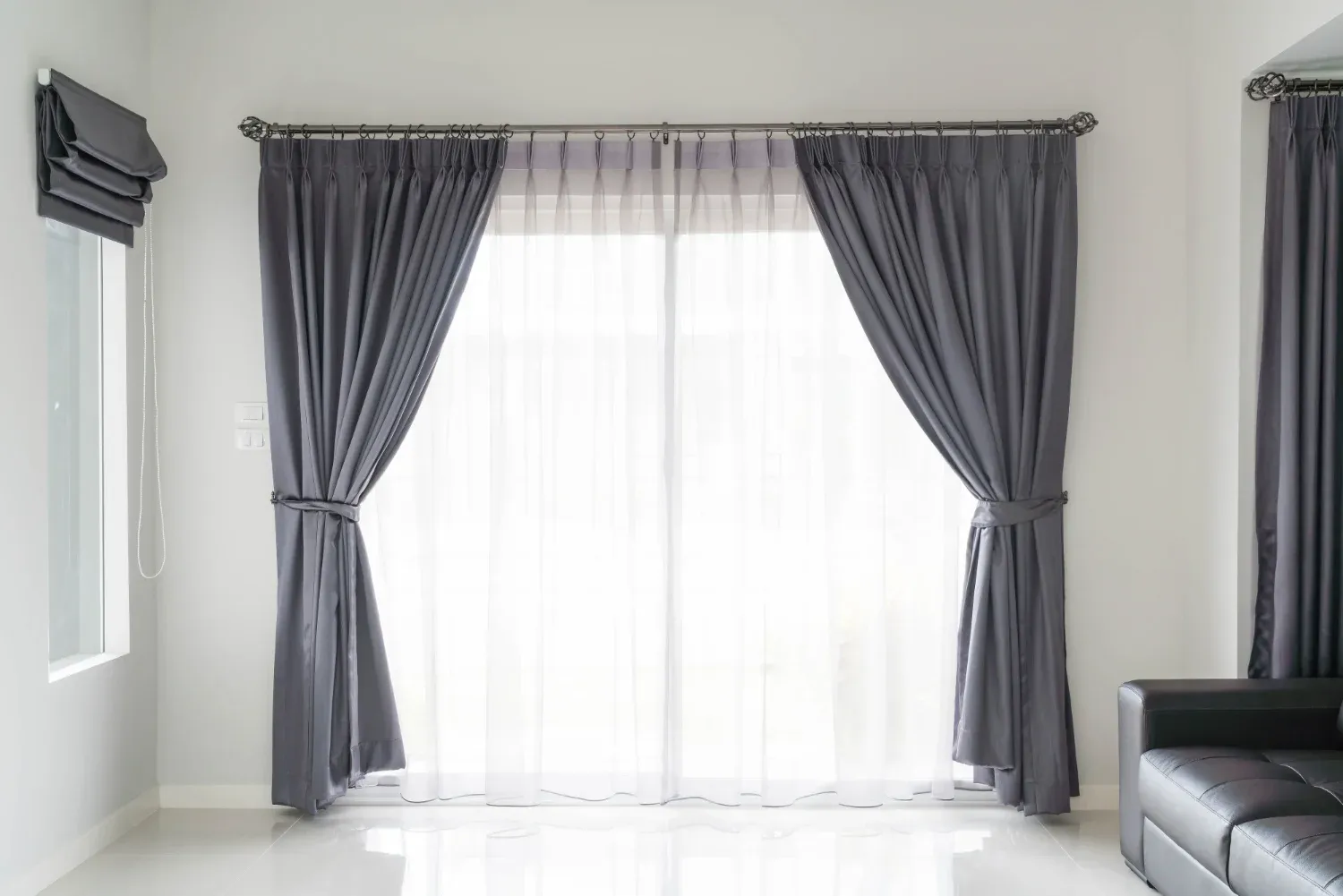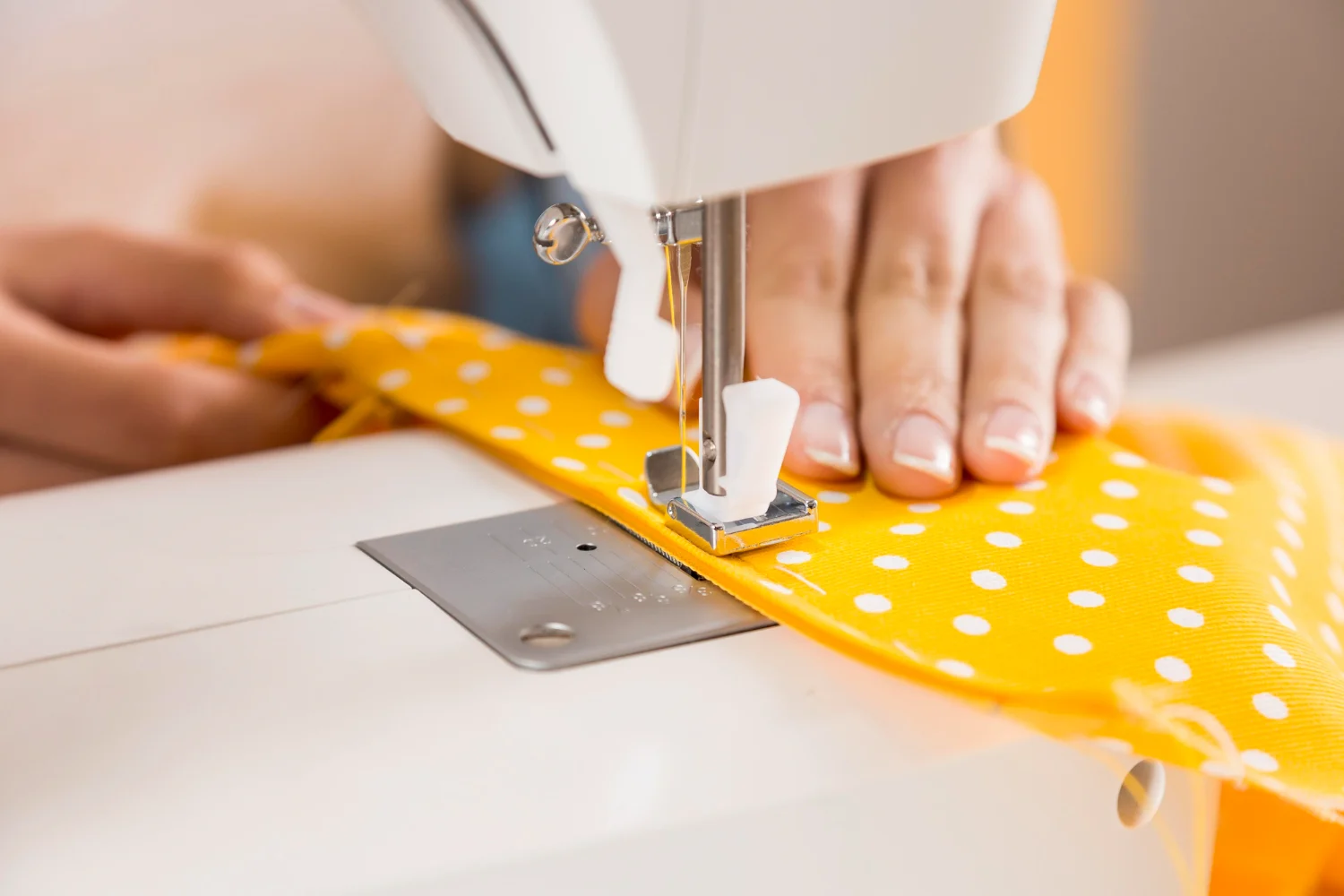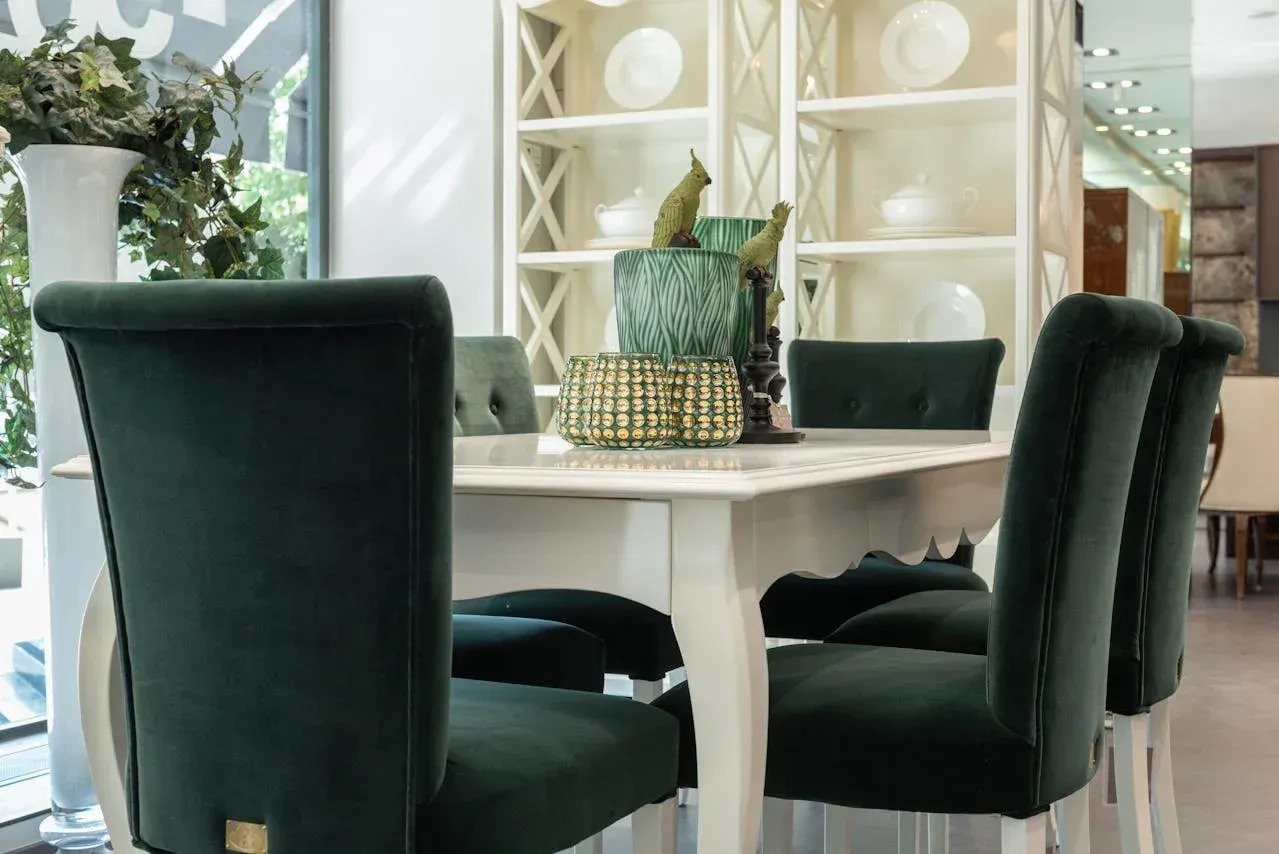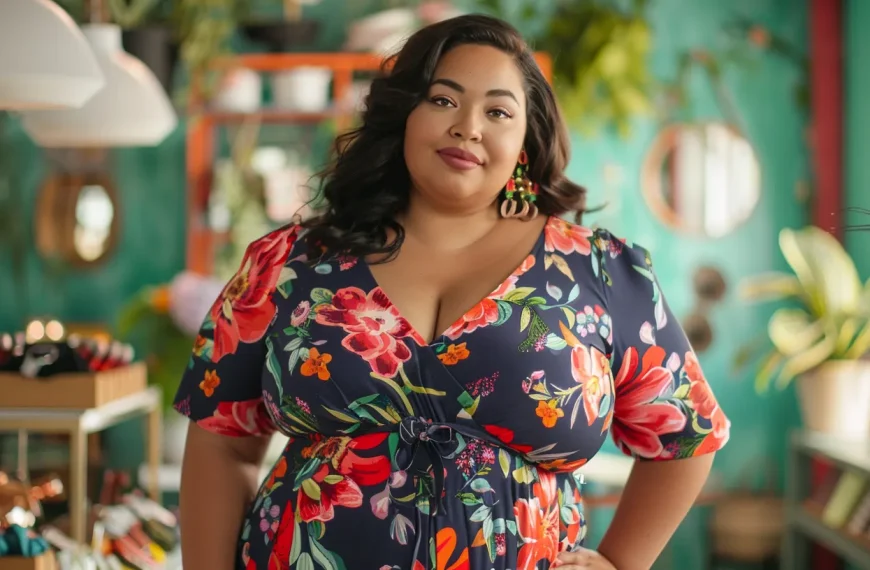As you weave through the maze of fabric choices, each thread tells a part of your home’s story, yet you’re still searching for the best fabric for curtains that’ll hang gracefully from your windows.
You’re more than picking a curtain. You’re setting the stage for every moment that unfolds within the walls of your sanctuary.
The best fabric selection balances aesthetics with functionality. It considers the look and how it’ll perform in terms of privacy, light control, and insulation.
You’ll need to weigh the virtues of a luxurious damask, with its regal patterns, against the sleek sheen of satin or the sturdy reliability of poplin.
Imagine the impact of your decision on Sunday mornings, when the sun’s first rays peek through, or during cozy winter evenings spent with a good book.
Let’s discuss how to turn your vision into reality by using your curtains to enhance your living space, not just cover your windows.
Key Takeaways
-
Fabrics with a tight weave, such as twill or canvas, are more durable and resistant to wear and tear.
-
Polyester blends enhance longevity and minimize sun damage. These make them a good choice for curtains.
-
Blackout curtains with thermal backing can help regulate room temperature and conserve energy.
-
Sheer fabrics like voile or linen softly diffuse sunlight. Denser textiles offer more privacy and light control.
How to Choose the Best Fabric for Curtains
When selecting your curtain fabric, prioritize durability and resistance to ensure long-lasting elegance.
Consider the fabric’s insulation properties to maintain a comfortable temperature against heat or cold.
Additionally, the weight of the fabric plays a crucial role in privacy and light control.
Durable
To ensure your curtains withstand the test of time, choose fabrics renowned for their durability. For example, tightly woven cotton or heavyweight velvet are great choices. They are less likely to tear and can endure frequent laundering.
When you’re on the hunt for long-lasting curtain material, consider these factors:
-
Heavy Fabric: Opt for heavy fabrics like velvet or denim. They can resist wear and tear better than lighter alternatives.
-
Polyester Blends: Polyester is a durable fabric. It is often blended with natural fibers to enhance longevity and minimize susceptibility to sun damage.
-
Tight Weaves: Fabrics with a tight weave, such as twill or canvas, are inherently more durable.
-
Color Retention: Look for fabrics treated for color hold to prevent fading from sunlight exposure. Ensure your curtains look pristine for years.
Resistance
While considering the longevity of curtain fabrics, it’s equally important to focus on their resistance. This ensures they maintain their shape and drape for a consistently elegant look. Opt for strong fabrics with a tight weave. They not only contribute to durability but also help the curtains hang gracefully.
If you aim to achieve a specific aesthetic while prioritizing functionality, consider integrating blackout lining. This adds heft, enhances the drape, and offers extra insulation and light control.
Insulation Against Heat and Cold
Selecting curtain fabrics with thermal properties ensures both temperature regulation and energy efficiency. When you’re aiming for an optimal balance of form and function, consider these key elements:
-
Blackout Curtains: These offer excellent insulation by preventing heat exchange. They can keep rooms cooler in the summer and warmer in the winter.
-
Thermal Backing: Look for fabrics with a thermal layer. It can actively conserve energy and reduce heating bills.
-
Heavyweight Fabric: Dense materials, such as velvet or brocade, act as natural insulators due to their thickness.
-
Energy-Efficient Weaves: Tightly woven fabrics minimize airflow. They further enhance the insulation properties of your curtains.
Privacy and Light Control
After the insulation properties, it’s also crucial to focus on how different materials can enhance privacy and regulate the amount of light entering a space.
Sheer fabrics offer a delicate balance by diffusing sunlight while also maintaining privacy. These lightweight materials create a breezy aesthetic and allow a controlled amount of light to enter the room, creating a warm and welcoming atmosphere.
For more pronounced control over privacy and light, consider denser textiles. The technical weave of these fabrics can significantly reduce light infiltration, providing a heightened sense of seclusion.
Fabric Weight: Heavy, Thick, Light, or Thin
When choosing the ideal fabric weight, it’s essential to consider the room’s specific needs for light control, insulation, and desired aesthetic.
-
Heavyweight: Pick heavier fabrics if you’re aiming to reduce light and sound transmission. They can provide a cozy, insulated environment.
-
Thick: Thick materials lend a sense of luxury and grandeur. They are perfect for formal spaces or where you want to make a bold statement.
-
Medium-weight: A versatile choice. Medium-weight fabrics balance functionality with a pleasing drape, suitable for most rooms.
-
Sheers: Lightweight sheers allow for natural light diffusion and an airy ambiance. They are ideal for achieving a delicate, ethereal look.
What is the Best Sheer Curtain Fabric?
When you select sheer curtain fabric, consider voile for its crisp yet airy quality that offers a smooth drape.
Lace can add a delicate and romantic touch to your interiors while still allowing for light diffusion.
Muslin and organza are excellent choices for those seeking a simple, unadorned aesthetic.
Chiffon provides a flowing, elegant look that softly scatters incoming sunlight.
Voile

Voile, with its soft, lightweight qualities, is an exquisite choice for sheer curtains. It offers a harmonious balance of privacy and natural light for any living space.
When you’re selecting a curtain fabric, consider voile for its:
-
Aesthetic Appeal: Voile’s delicate sheerness provides an elegant backdrop that complements your decor.
-
Functional Adaptability: It serves as a standalone window treatment or a layered addition for enhanced privacy.
-
Material Versatility: With options in cotton, silk, rayon, or polyester, you can find a voile that fits your budget and taste.
-
Lightweight Durability: Despite its airy appearance, voile is resilient and maintains its shape over time.
Muslin
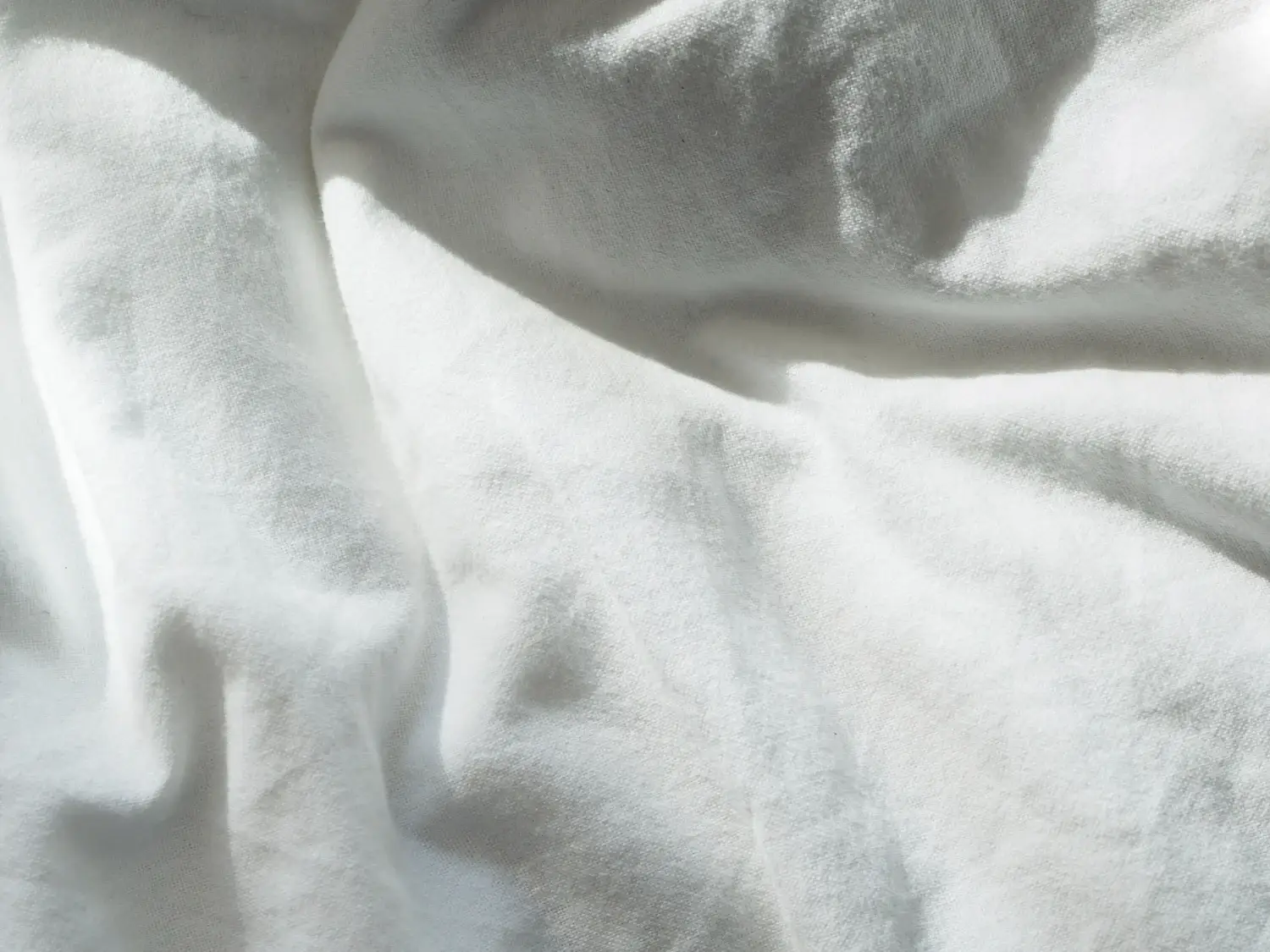
Muslin, with its natural, medium-weight drape, offers both privacy and airflow. These make it an exceptional choice as the best sheer curtain fabric.
This cotton fabric boasts natural fibers that contribute to its lightweight nature. This allows for an elegant, unlined-to-keep aesthetic that complements many decors.
Muslin is prone to wrinkling. But it can withstand regular laundering without compromising durability. This ensures it remains a practical option for sophisticated window treatments.
Moreover, muslin’s innate elegance doesn’t detract from architectural details. This makes it a versatile and technically sound selection.
Lace
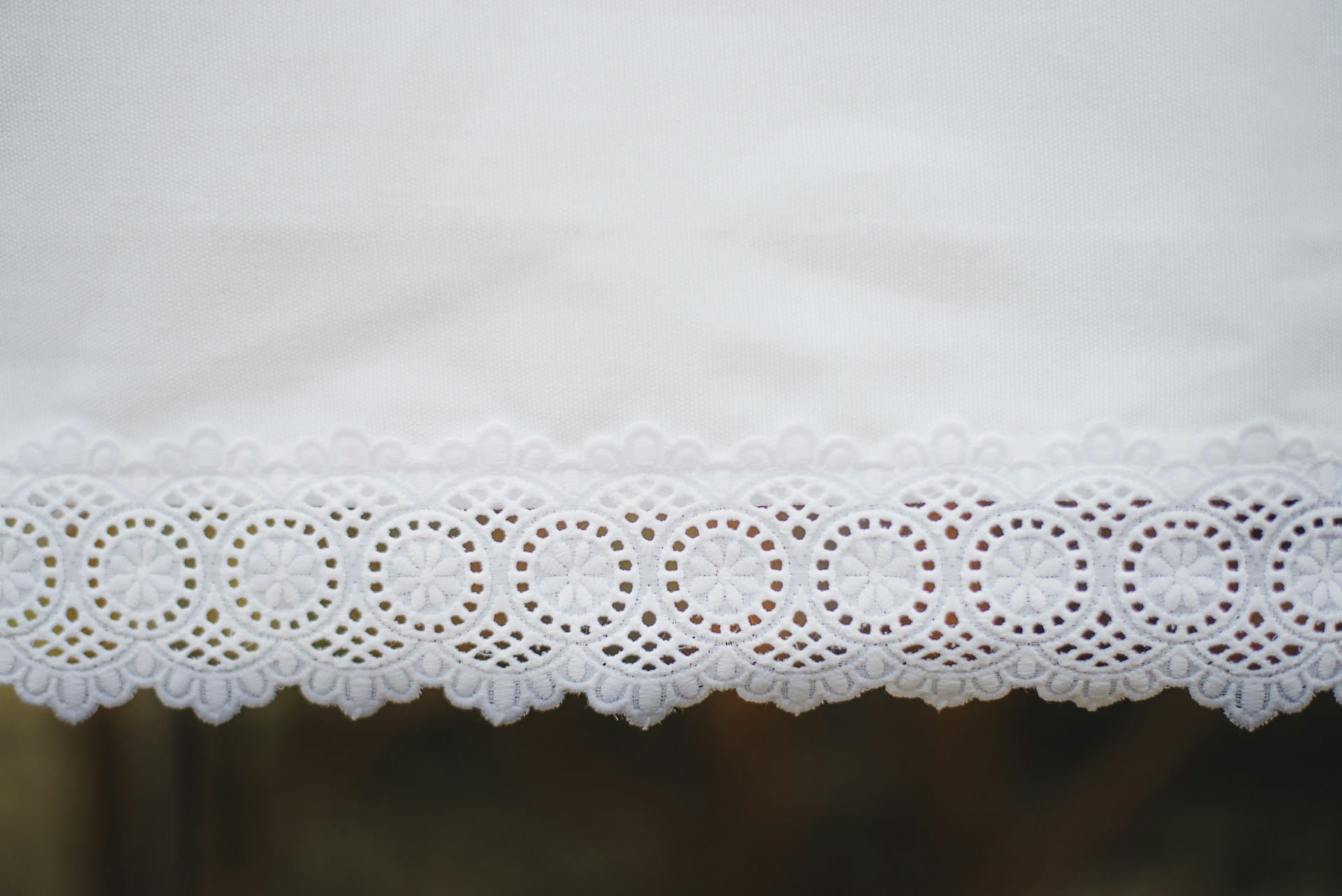
Embodying timeless elegance, lace curtains offer an exquisite balance of privacy and diffused light. They are perfect for creating a delicate ambiance in any room. When choosing the right luxurious fabric, consider the unique qualities of lace:
-
Aesthetic Appeal: Lace curtains bring a sophisticated and intricate texture to your windows.
-
Versatility: Suitable for various settings, from kitchens to bedrooms, enhancing each space’s character.
-
Material Options: Available in both natural and synthetic fibers, catering to different tastes and budgets.
-
Light Filtration: They softly filter sunlight. Thus, they provide a comfortable level of illumination without sacrificing privacy.
As the best fabric for sheers, lace is a timeless choice. It can complement an array of interior designs.
Organza

Organza fabric brings its own brand of elegance to sheer window treatments with its fine threads and polished sheen. Woven from silk, organza is synonymous with luxury. It boasts a lustrous quality that reflects light in a way that adds depth and dimension to your space. The natural fibers create a light-filtering effect that’s both practical and enchanting, bathing your room in a soft, diffused glow.
Opting for organza curtains, you’ll find they provide a crisp, airy drape that embodies a breezy, ethereal ambiance. They are perfect for enhancing the romantic aura of your living or sleeping quarters. Additionally, layering these sheer panels with heavier fabrics can yield a multidimensional aesthetic that’s as opulent as it’s inviting.
Chiffon
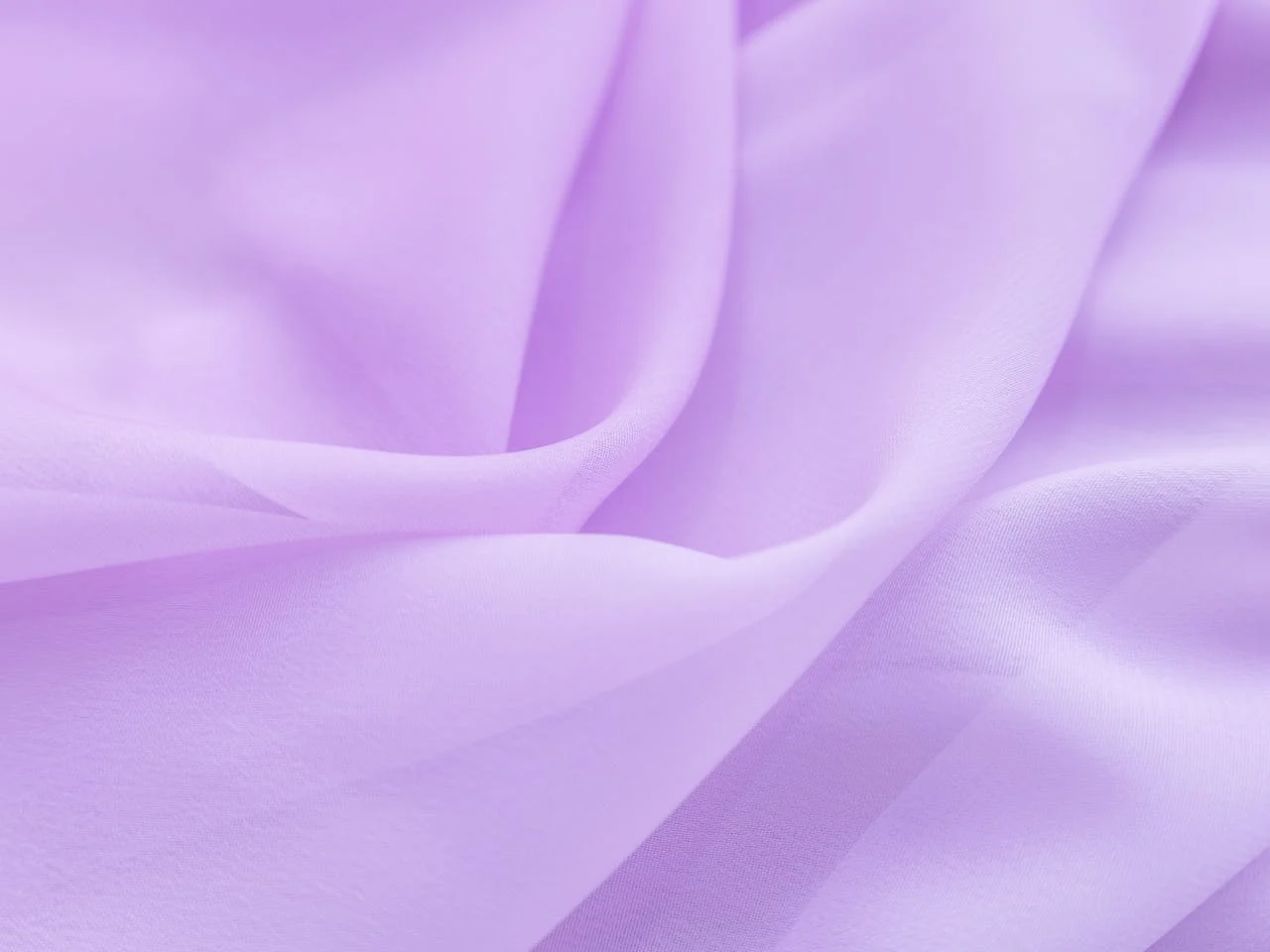
Have you considered chiffon for its delicate charm and light-enhancing qualities? As a drapery fabric, chiffon offers an aesthetic edge to your window dressing. Its natural fibers weave together to create a dance of color and pattern. Meanwhile, the lightness of the material ensures a gentle, flowing movement.
When choosing the best fabric, consider these attributes of chiffon:
-
Elegant Drape: Chiffon’s lightweight nature allows for a soft, graceful hang.
-
Light Diffusion: Perfect for filtering light without sacrificing privacy.
-
Design Versatility: Complements an array of interior styles with its subtle texture.
-
Color and Pattern Options: Available in various hues and designs to match your decor.
What is the Best Regular Curtain Fabric?
When you select the best regular curtain fabric, consider the timeless elegance of silk. It offers a subtle sheen and an excellent drape.
Linen provides a crisp, natural look. It can enhance your space with its light-diffusing qualities.
Meanwhile, cotton, velvet, and damask present robust options.
Silk
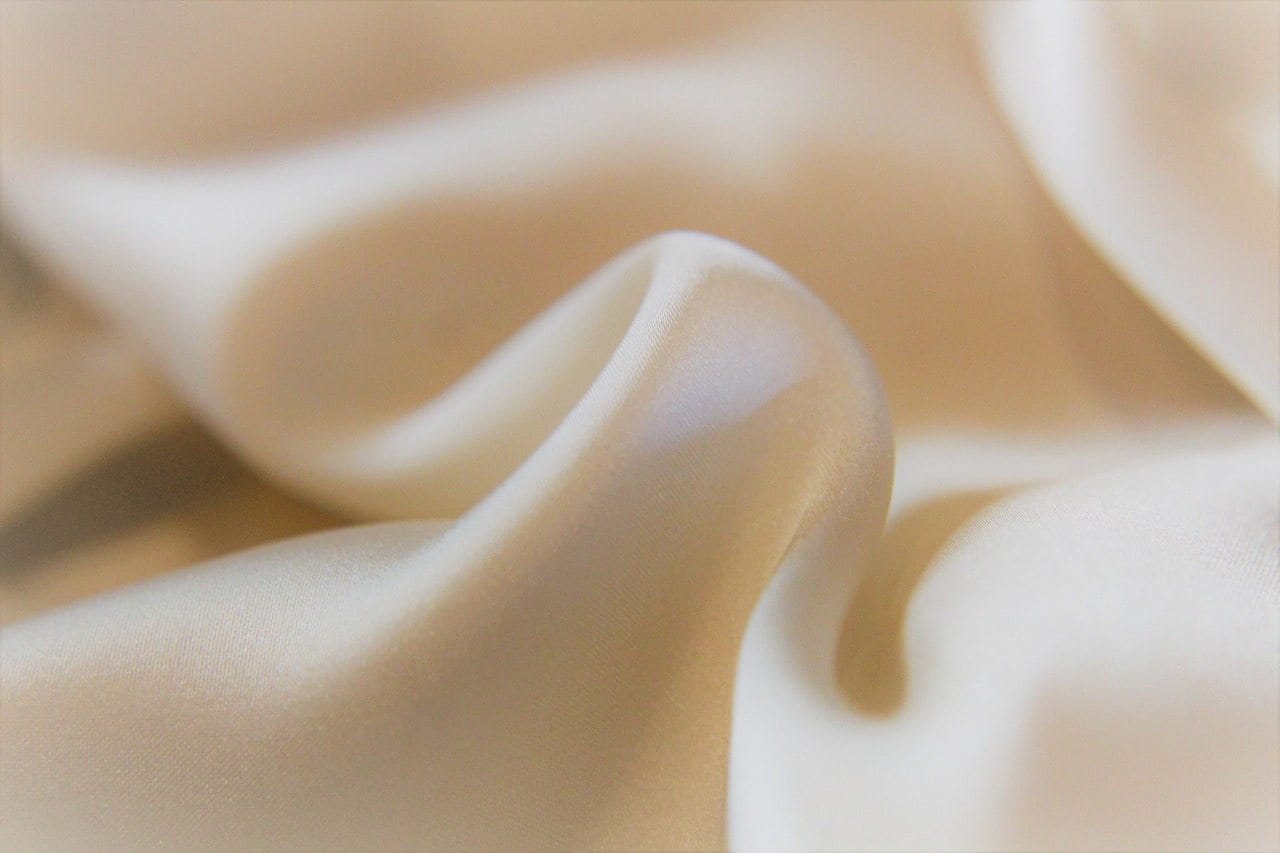
Silk curtains are an excellent choice when it comes to decorating your windows. They offer a romantic and luxurious feel while also blocking light. Silk drapes and curtains are made from natural fibers. They can create a sumptuous and refined ambiance in your room. If you want a touch of elegance and sophistication, silk curtains may be the perfect option for you.
Here’s what makes silk stand out:
-
Natural Luster: Silk’s unique sheen enhances light reflection, adding depth and elegance.
-
Strength and Durability: Despite its delicate appearance, silk is remarkably robust.
-
Temperature Regulation: Silk curtains naturally insulate rooms. They can keep you cooler in summer and warmer in winter.
-
Luxurious Feel: The smooth texture of silk provides an unrivaled sense of opulence.
Linen
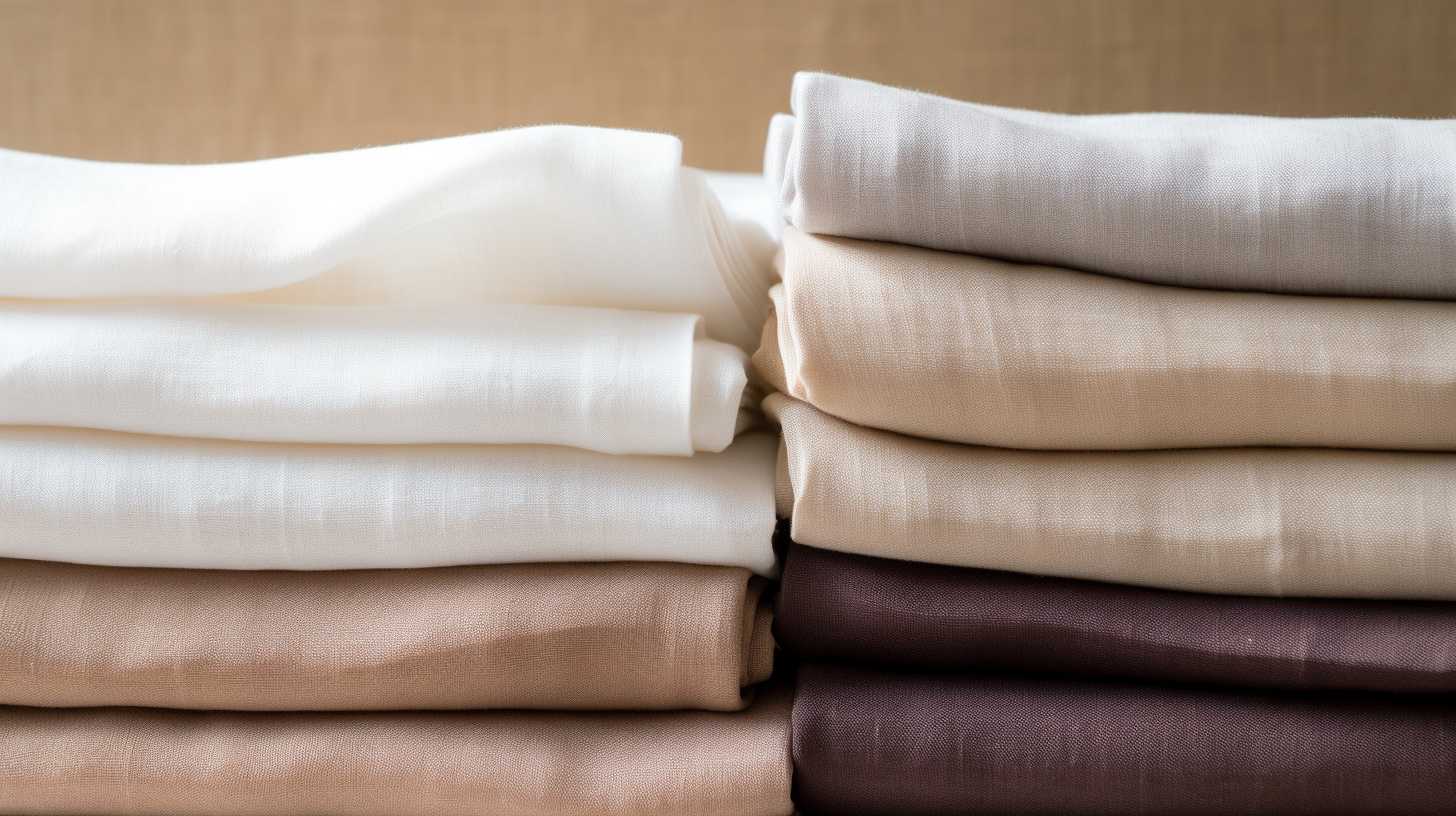
Linen curtains are an ideal choice for window treatments. They offer a perfect combination of aesthetic charm and practical durability. Made from flax, linen has natural fibers that provide a crisp texture and allow sunlight to filter through. It helps create a soft and inviting atmosphere in any room. Unlike 100% linen sheers, which have a loose weave that prioritizes light diffusion over privacy, linen drapery offers a perfect weight balance. This ensures it hangs elegantly while maintaining its form.
Renowned for its durability, linen resists wear and tear. It can maintain both shape and color over time. Its versatility shines across various design styles, complemented by a spectrum of modern hues. Linen curtains are more than a decorative statement. They are a testament to enduring quality and functional elegance.
Cotton
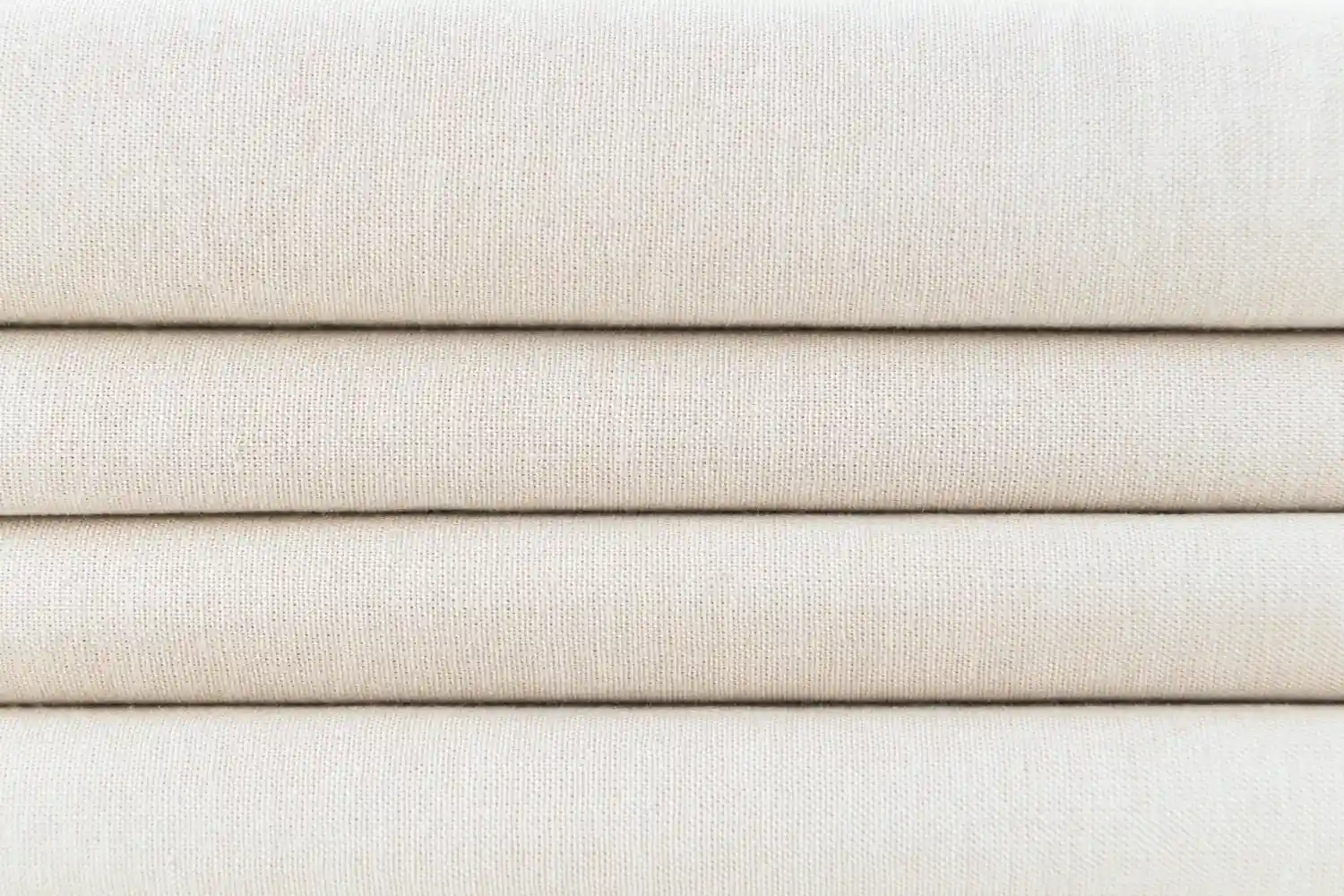
Cotton fabric emerges as a highly versatile and practical option for regular curtains. It caters to a variety of design preferences. As a homeowner, you’ll find that cotton curtains blend aesthetic appeal and functionality.
Here are some reasons why:
-
Natural Appeal: Cotton is a natural fiber. It provides a soft texture that exudes comfort and warmth.
-
Color Retention: The fabric color in cotton curtains holds remarkably well. This ensures they look pristine for longer.
-
Easy Care: Unlike cotton or silk blends, pure cotton is durable and machine-washable.
-
Versatile Styles: Whether your home is traditionally styled or cutting-edge modern, cotton can adapt to your interior design needs.
Velvet
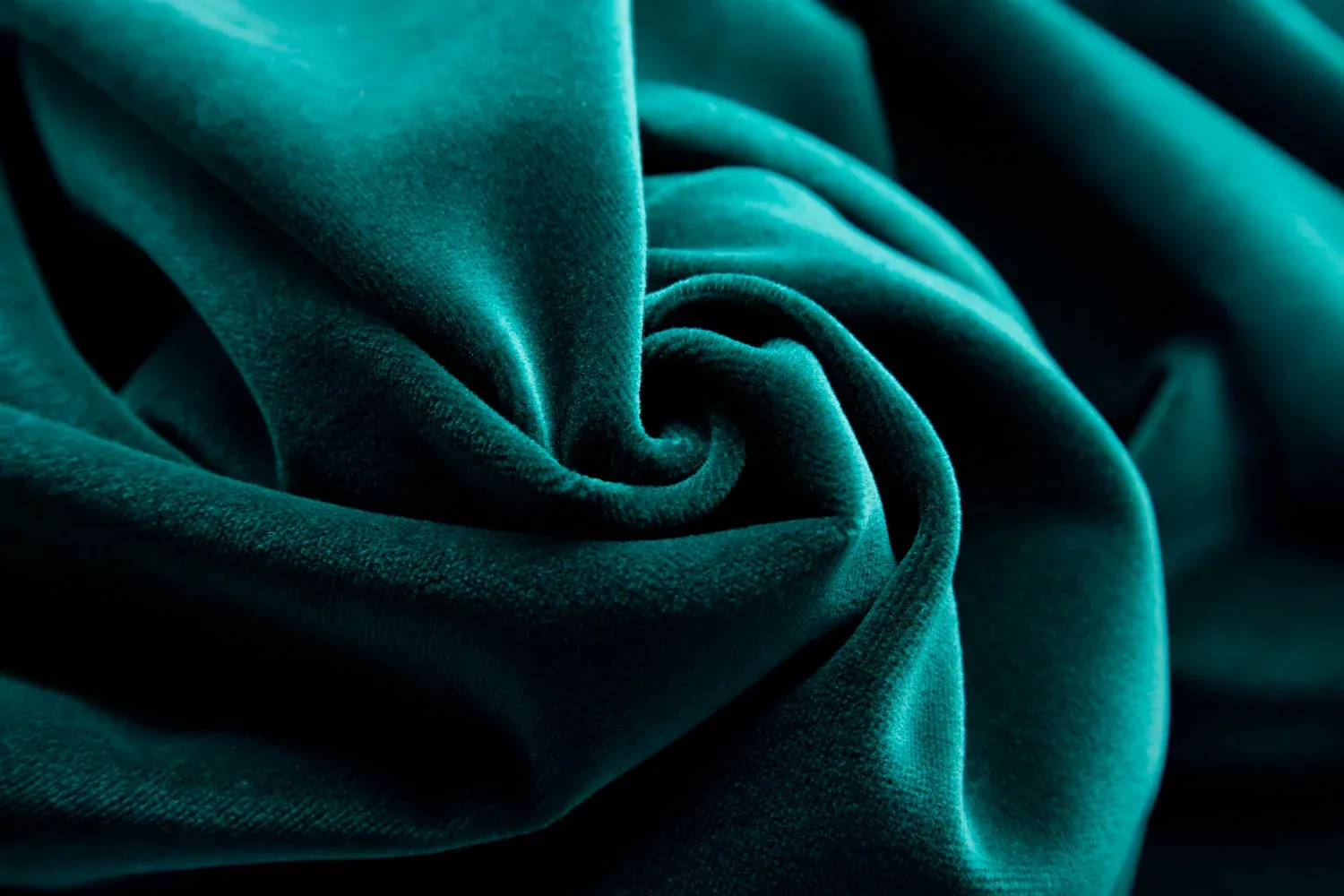
Adding a touch of opulence, velvet curtains combine durability with a luxurious aesthetic. They offer superior light and sound insulation. These make them ideal for both grand and cozy interiors. The velvet fabric is a wonderful choice to make a bold statement with its rich texture and depth of color. As one of the most popular fabrics for drapery, velvet provides a timeless elegance that’s unmatched by other materials.
Crafted from either synthetic or natural fibers, modern velvet maintains its classic appeal while being more accessible. However, you’ll need to consider the weight of the velvet curtains. They may need sturdier hardware to support their heft.
When you opt for velvet, you’re choosing a fabric that excels in both form and function.
Damask
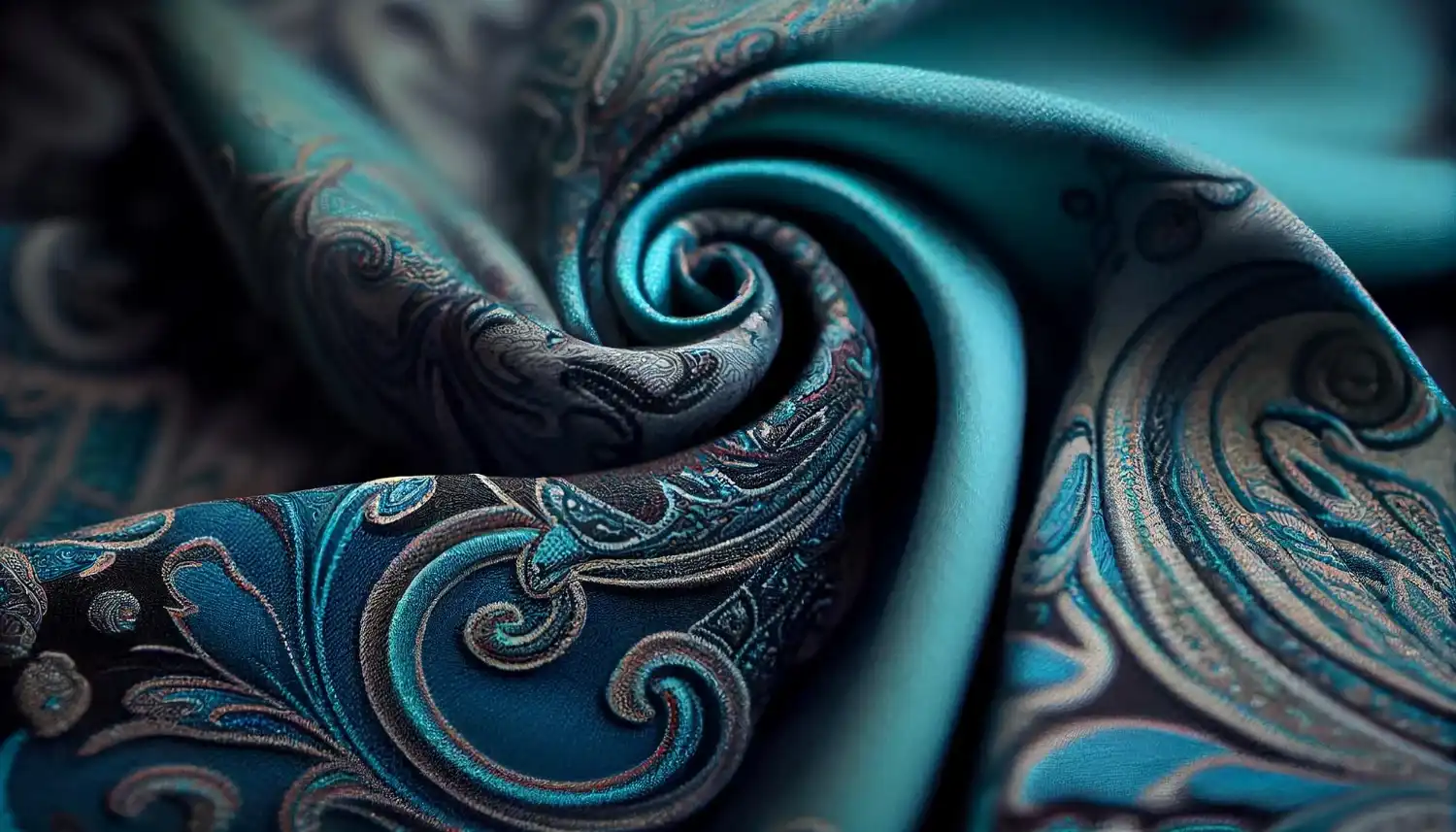
Building on the rich textures of velvet, damask fabric is another top contender. It has reversible patterns and a refined sheen that bring a sense of formality to any room.
When you’re deciding on the perfect fabric for your space, consider damask for its:
-
Reversible Patterns: Unique designs that are woven into the fabric. Offer an elegant, two-faced appearance.
-
Luxurious Sheen: A subtle gloss that enhances the intricate details and sophistication.
-
Heavy Draping: Ideal for fullness and creating a grand statement.
-
Durability: Blends well with upholstery standards for longevity.
The fabric you choose will significantly influence the room’s ambiance. Damask, akin to brocade with its raised motifs, enriches the fabric’s surface, crafting an exquisitely detailed backdrop for your decor.
Brocade
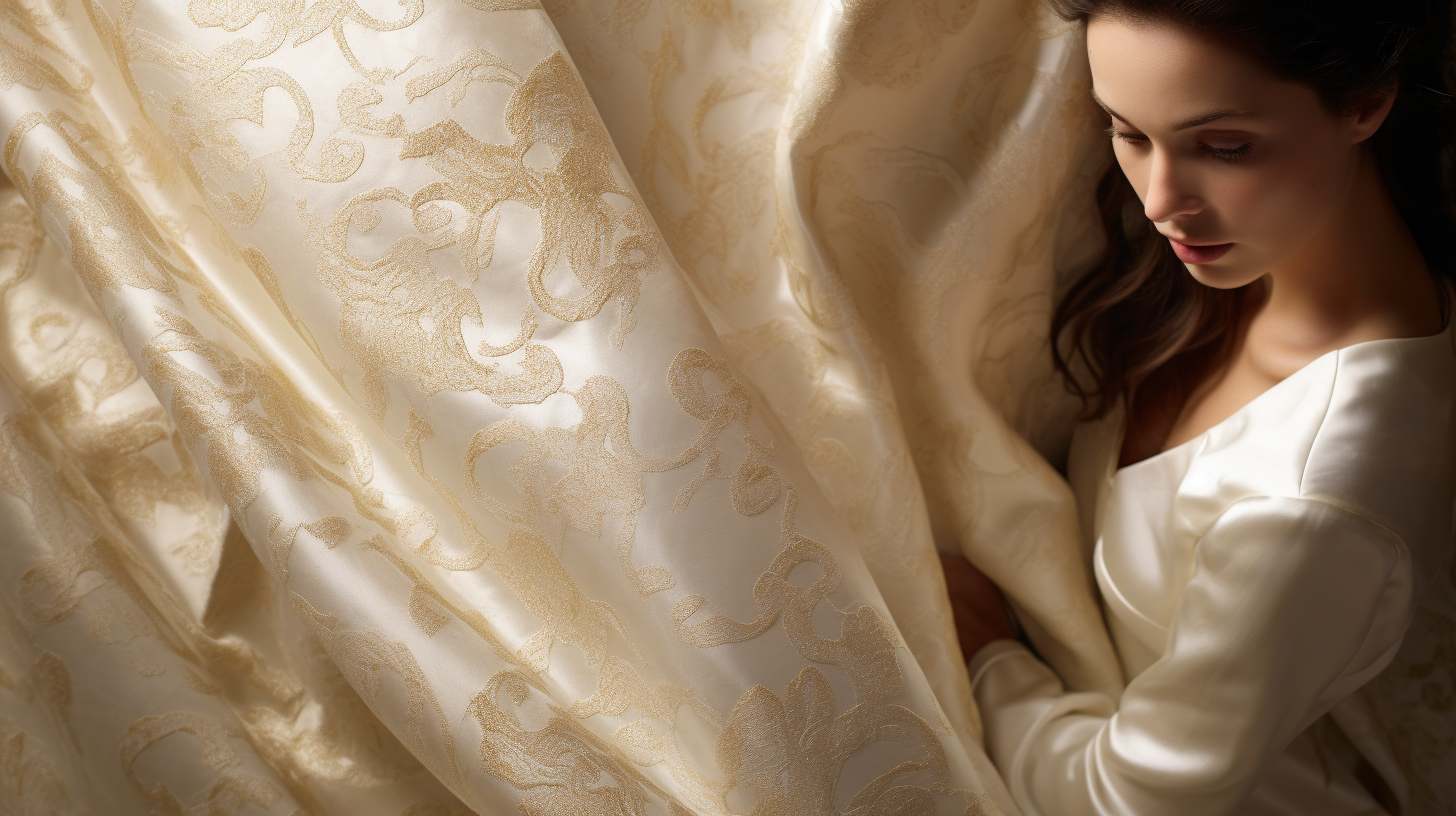
To add an extravagant touch to your room, consider brocade curtains with raised, multi-colored patterns. This best fabric for drapery, woven on a jacquard loom, showcases an opulent texture that enriches the aesthetic of any room.
Brocade fabric, made for decorator fabrics, demands technical precision, ensuring a high-quality finish. It’s perfect for those who appreciate the finer details, as brocade’s colorful patterns set on a plain background transcend trends, offering a timeless appeal.
Poplin
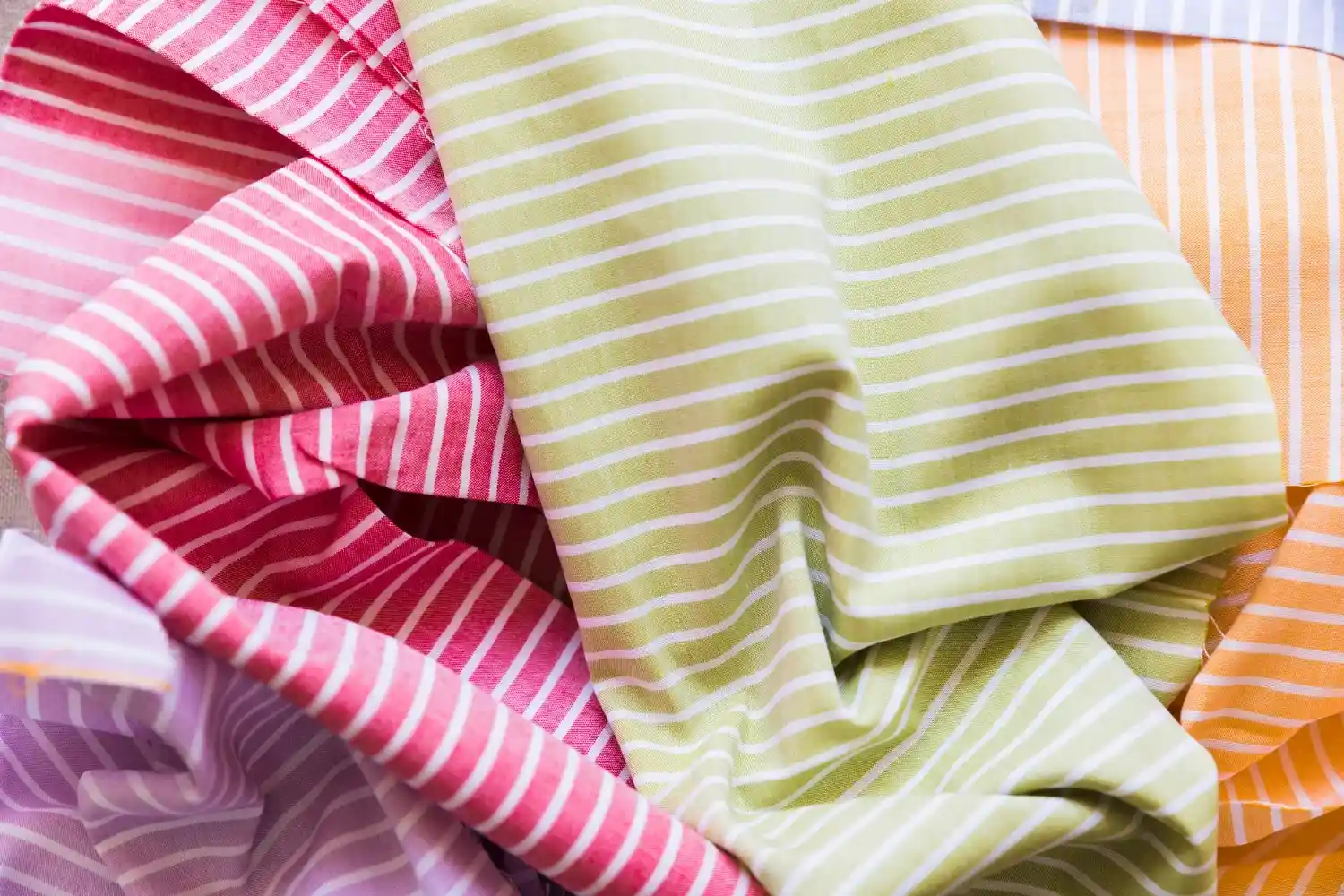
While brocade brings an opulent texture to interiors, poplin is a prime choice due to its crisp appearance and robust durability. It offers a blend of aesthetic appeal and practicality that’s hard to beat. Here’s why poplin should top your list when picking the right fabric:
-
Durability: Poplin’s strength makes it ideal for curtains that’ll endure regular use and washing.
-
Crisp Look: It adds a sleek, refined touch to your window treatments.
-
Elegant Drape: Poplin hangs beautifully, providing a smooth, graceful flow.
-
Colorfastness: With poplin, you won’t have to worry about colors fading quickly. It ensures lasting vibrancy.
Satin
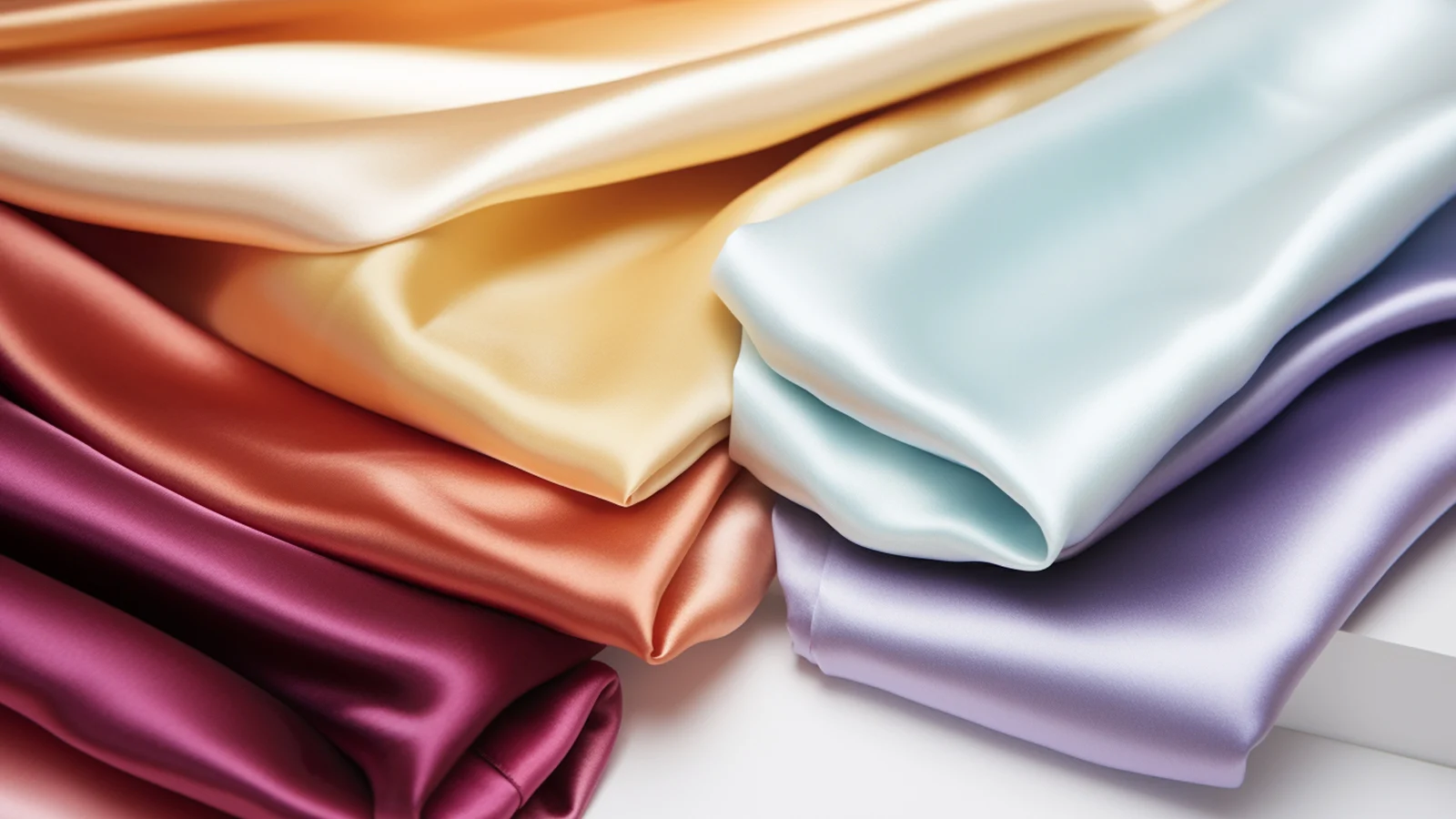
Transform your small windows into a statement of luxury with satin’s lustrous sheen and sumptuous drape. Among many fabrics, satin stands out for its unique ability to add a sophisticated touch to any space.
When you’re on the hunt for the best curtain fabric, it’s crucial to consider the composition of satin. Often made from silk, rayon, or polyester fabric, each variant presents a distinct aesthetic and functional quality.
For example, polyester satin combines durability with the classic sheen of traditional satin. This makes it a practical yet chic choice.
Rayon satin, with its silk-like feel, leans more toward luxury and delicate care.
Conclusion
You’re now equipped to elevate your sanctuary with the perfect curtains. Concerned about fading? Opt for UV-resistant fabrics that marry durability with design.
Imagine your chosen fabric cascading gracefully, a testament to your taste, enhancing your domain with both form and function.
Embrace the blend of technology and texture. Let your windows tell a story that resonates with your personal style.
Step back, admire your choice, and watch your room transform with just a whisper of fabric.
Learn more fabric knowledge from Longan Craft Blog, dive into the fabric world with Longancraft!

